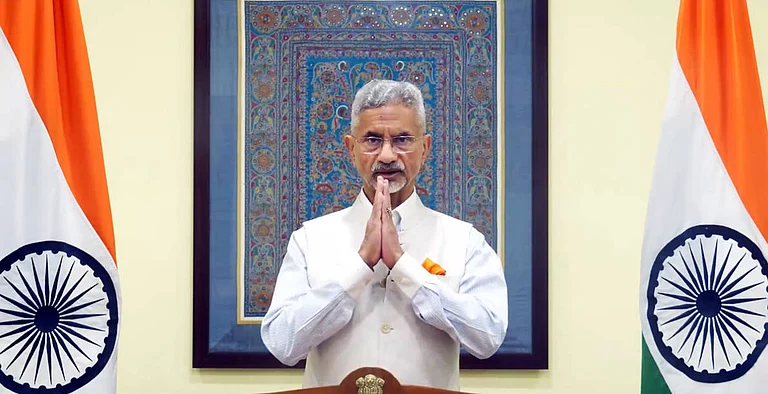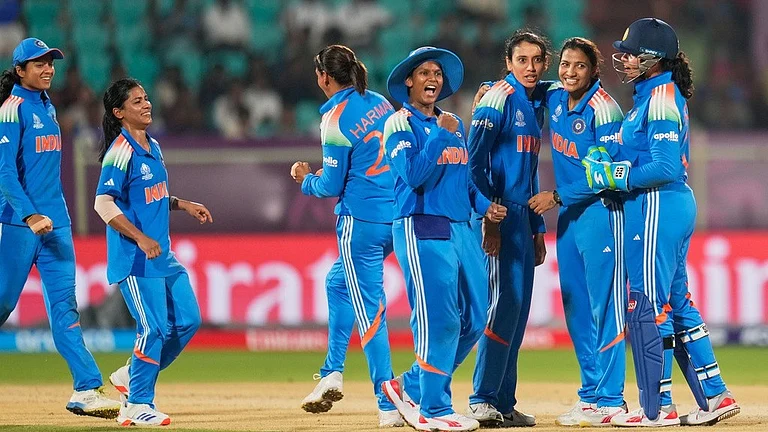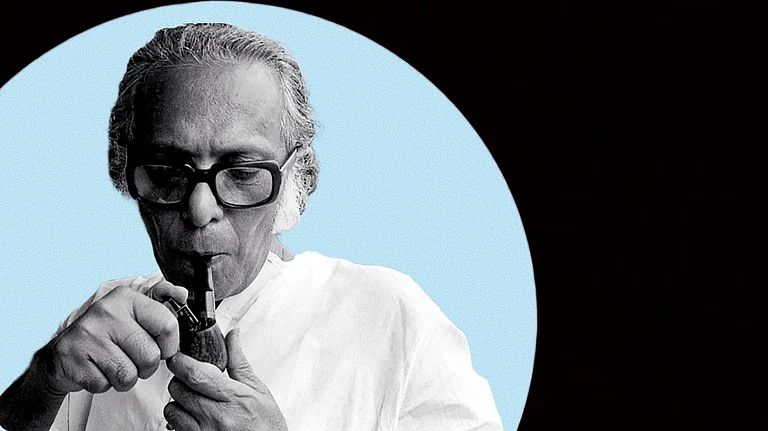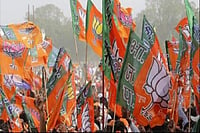
Fashion Director,
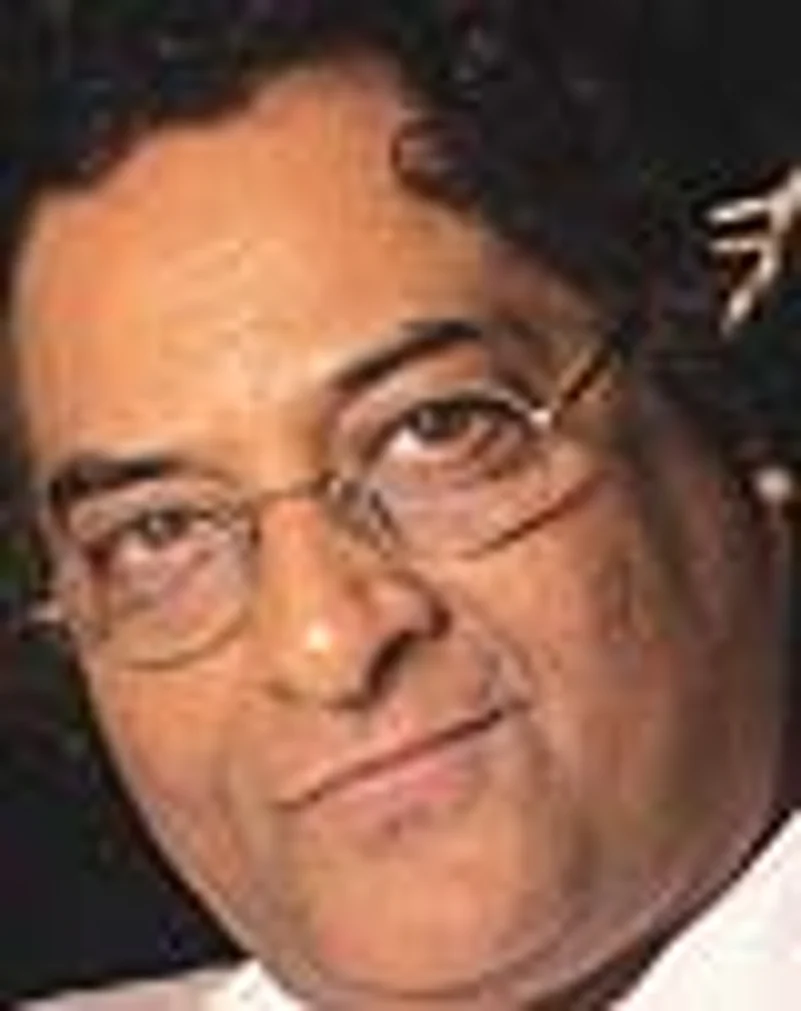
Rajeev Sethi
Culture Impresario and Style Guru, Delhi
"At the moment, Indian fashion is more hype than substance. For substance, you need solid investment of talent and money. In terms of talent, I think we're getting there, but in investment we're way, way behind. Our designers don't have the money to make it big internationally and our businessmen don't see fashion as a business, so they don't invest in it. But I think things will ultimately take shape and fall into place."

Armand Hadida
Fashion Consultant and Buyer for L'Eclaireur Boutique, Paris
"I was here three years ago and I see very little difference in these six seasons. You have a right to do an international fashion week only if you have something important to say. Everyone knows about the magic of Indian fashion, but if you want to look at the international fashion market, the language has to be different. You need to tell your own story of modernity. There needs to be a blooming of sorts from younger designers perhaps. They shouldn't be tied down to the [Indian] heritage so strongly that they don't look at the bigger market."

Madhur Bhandarkar
Filmmaker, Bombay; his next film is set in the fashion industry
"Today, at least in the metros, even the middle class is much more aware of fashion trends. And because of their increased buying power, they can afford branded clothes. The consumer market is growing; there are sponsors for fashion shows, people want to know more about designers, models. That's why my next film is based on the fashion industry, it's about the ups and downs in the lives of people connected with the industry. But some designers' clothes are too expensive, I wonder who can afford them. They seem to be meant only for mannequins in the showroom and models on the ramp."
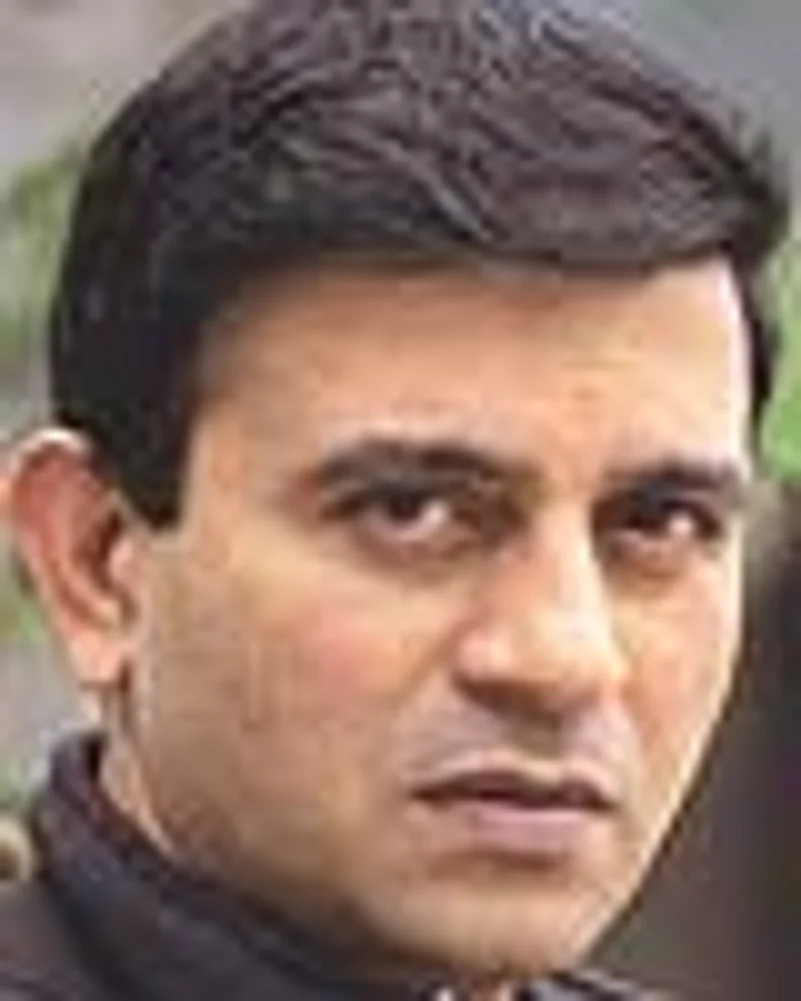
Prasad Bidappa
Model Trainer and Boutique Owner, Bangalore
"The pervasive feeling seems to be that the Indian market is finally on steroids mostly because we've understood what the foreign markets want: not endless collections of ghagra cholis. So designers like Abraham and Thakore stand vindicated: they were pioneers in offering a globalised product in New York, London and Paris—an Indian product but following an international style philosophy. Now I'm seeing so many more designers understand that concept. If Japan made such a huge sensation 20 years ago when Issey Miyake and Rei Kawakubo appeared, it could be India next."
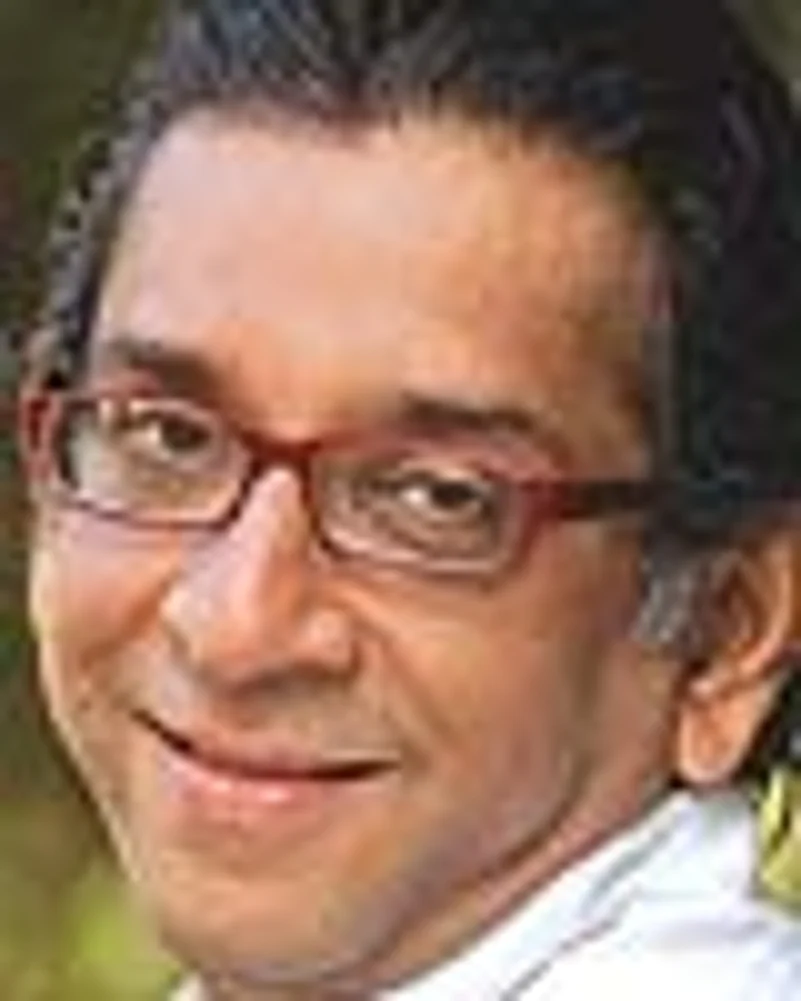
Ranvir Shah
Garment Exporter and Director, Prakriti Foundation for Arts and Culture, Chennai
"There are just a few Indian fashion designers who are inspired by creativity, the rest are youngsters with very little exposure and little or no knowledge of Indian or world art. Quiz them about Chola bronzes or Greek terracotta and they'll draw a blank, but they'll be familiar with the tacky and obvious, like Mondrian-checks on fabrics, or Ajanta paintings done up with sequins. I like designers who reinterpret Indian textiles and cuts, but you can count the good ones on the fingers of your two hands. All else is drama—very expensive saris forNRI brides; the Kabhi Kushi Kabhi Gam romantic ideology. "

Atul Chand
Vice President, Marketing, ITC, Lifestyle retail business division, Delhi
"With the ongoing lifestyle and retail revolution, the fashion industry is bound to gallop and grow in the coming years. Premium fashion will not only be available, but accessible and affordable. The key drivers are shopping mall formats, corporate tie-ups with fashion labels as well as fashion and lifestyle media."

Pradeep Hirani
Chairman of fashion store Kimaya, Bombay
"In the last 10 years, Indian fashion has evolved considerably, but the real test will come when the international fashion houses get here. I don't think many Indian designers will be able to withstand the tsunami. The foreign brands have a headstart of about 70 years, and deep pockets. Our designers have not built infrastructure i.e. corporatised their set-up, established huge production and research facilities, marketing team, a reliable supply chain enabling timely deliveries. Craftsmanship is the single largest input that can turn a pret garment into a couture one, increasing its value several times over. No other country comes close to us in terms of craftsmanship and we should leverage it. Also, the Indian market is getting richer and the Indian designers cannot afford to ignore it. They should focus on Indian silhouettes, because they have a ready market, an advantage over foreign fashion houses. Once they have achieved scale, they should attempt international silhouettes."







